The History of the Heritage Cherry
The colour Heritage Cherry has been one of the most used colours by Fender and Gibson brands during the 50s and 60s.
It has been used in many of the most iconic guitars created in this era. That is why it is one of the most prominent when we want to refer to a retro and vintage style.
The years in which it was most used were between 1950 and 1960, considered the golden age for lovers of this type of iconic guitar.
As for its colour, it tries to obtain a tone typical of ripe cherries, and therefore shows darker shades.
It is a translucent colour, and therefore depending on the wood on which it is applied, the final tone will change slightly, thus contributing to a more distinctive aesthetic that breaks the common moulds and colours.

Our vintage-inspired colours
Nitorlack colours are based on the original Fender and Gibson colours. The creation of these colours is preceded by a great work and exhaustive study by our laboratory and technical department. Thanks to this, we have been able to faithfully recreate the tones of the Fender and Gibson guitars of the 50s and 60s.
During those years up to the present day, it should be taken into account that the colours of vintage guitars have changed a lot over the years due to the ageing of the nitrocellulose lacquer and modifications in the colours of the brands.
Therefore, two guitars finished in 1960 with fender colours may be totally different from each other or from a more modern guitar.
Application guide:
- We start to apply the colour once the guitar has been primed with Nitorlack Primer.
- When we start the painting work the pores must be closed and the grain must not be marked.
- Apply the product either by spray or spray gun at a distance of about 25 cm.
- When applying, we must follow a pattern of application, first horizontally and then vertically, applying the paint uniformly.
- Apply several coats, letting them dry for about 24 hours and sanding between them to remove any remaining impurities.
- This work is finished when the surface is completely smooth and free of imperfections.
FAQ:
How many sprays do I need to varnish a guitar?
– If the surface is well covered and it is not your first painting project, you can do it with a spray can, although you will not apply many coats. However if you are not an expert we recommend using 2 sprays for an optimal finish.
What temperature should the guitar be at during and after the process?
– It is recommended to do it in a place where the temperature is between 15 and 25 degrees Celsius. If the painting or varnishing process is carried out in very hot or cold conditions, the final result may not be good.
Where should I carry out the process?
A clean site will be essential, to prevent dirt or dust particles from adhering to the surface.
Is sanding between coats mandatory?
This is not something you should always do, but it is advisable in order to remove any imperfections left in the paint at the end of each coat, as well as any particles that may adhere.

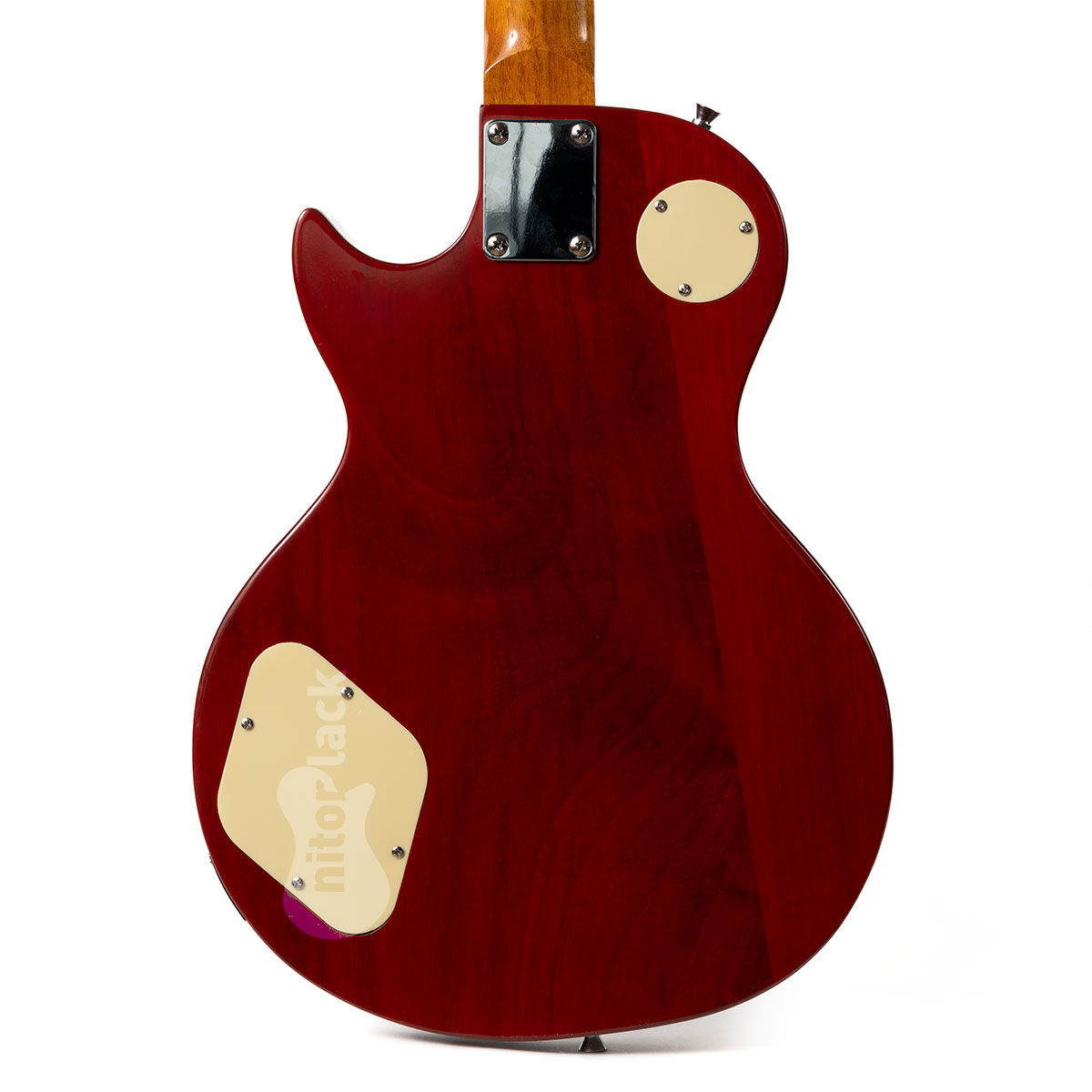
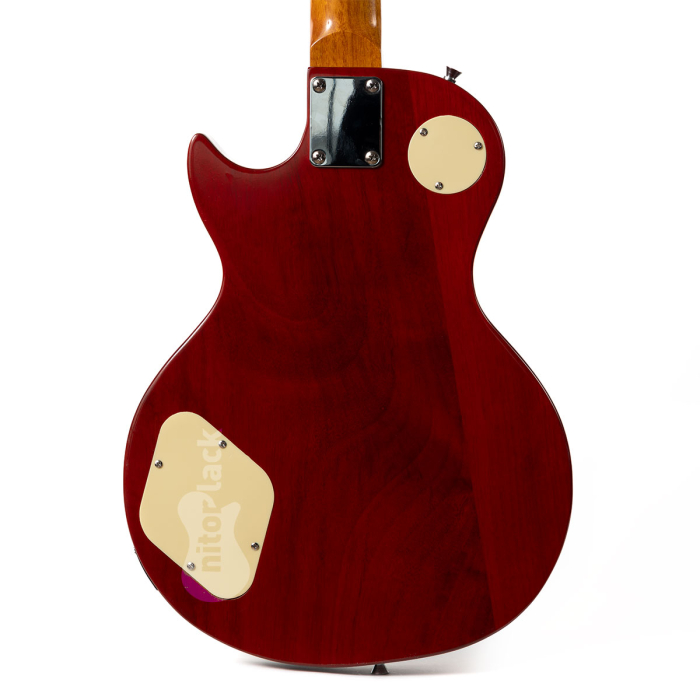
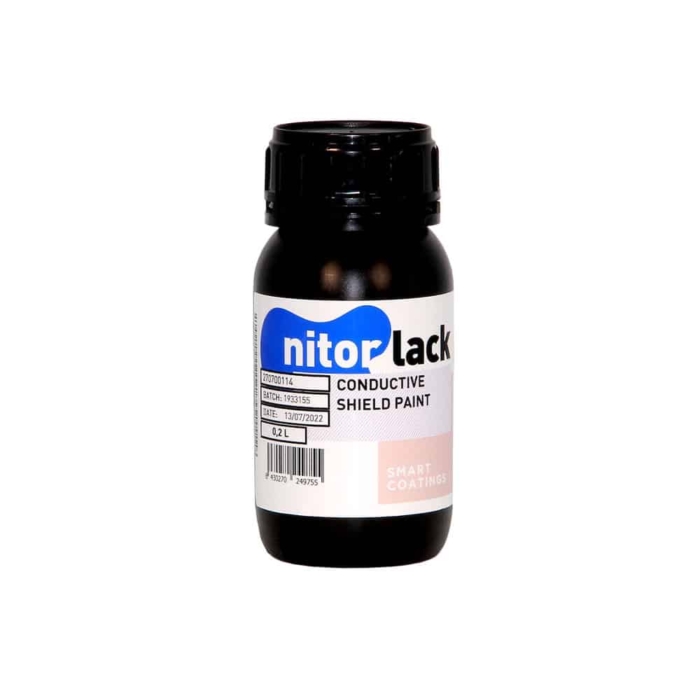
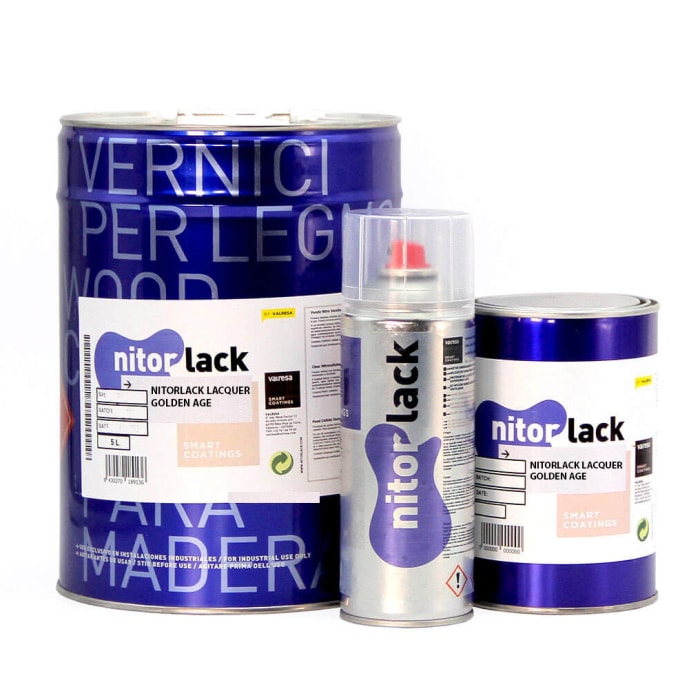
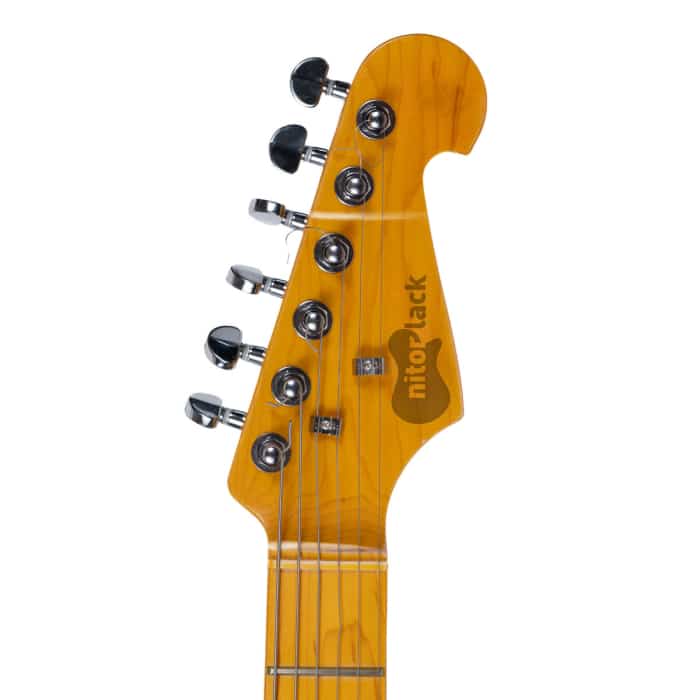
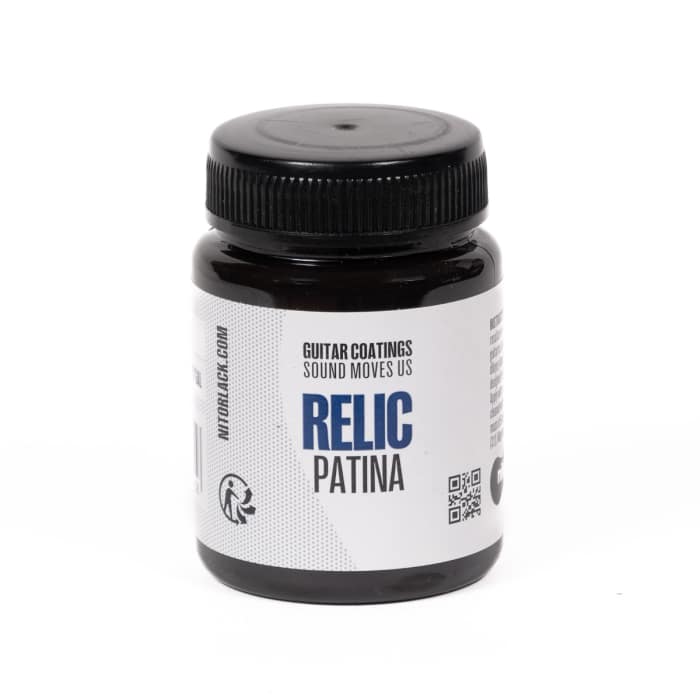
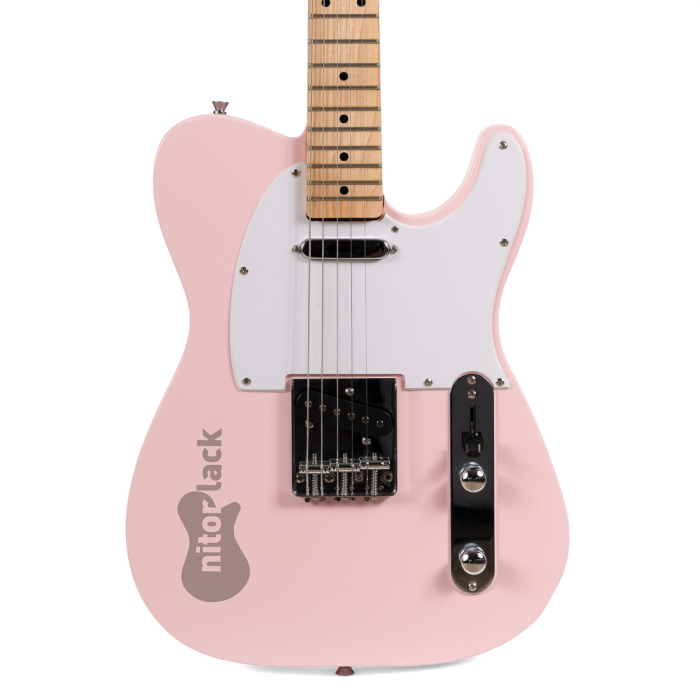
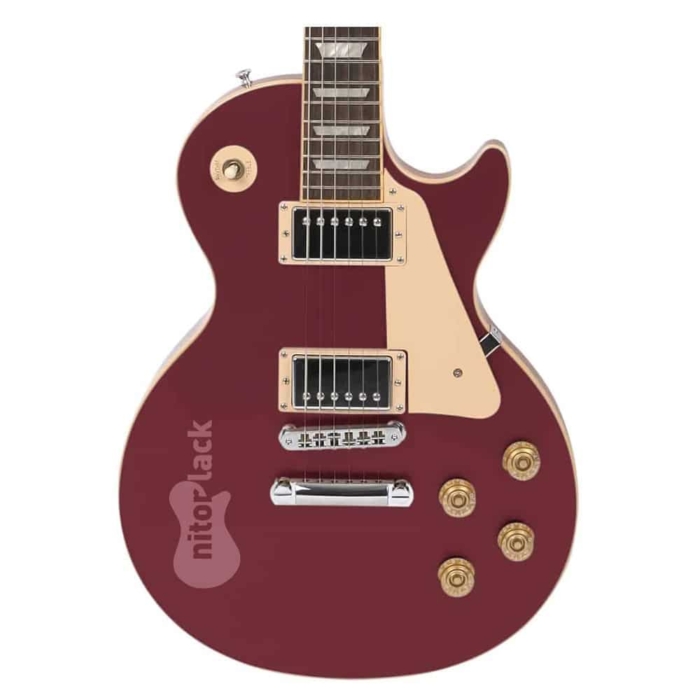
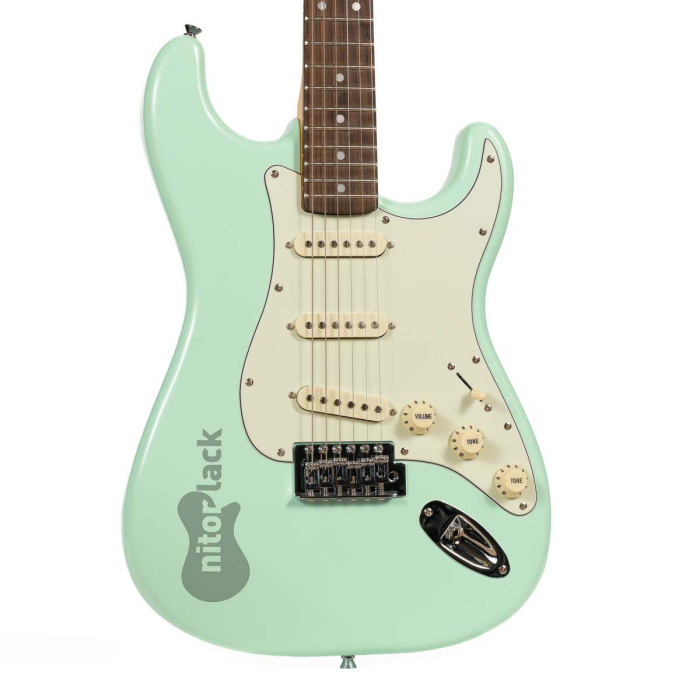
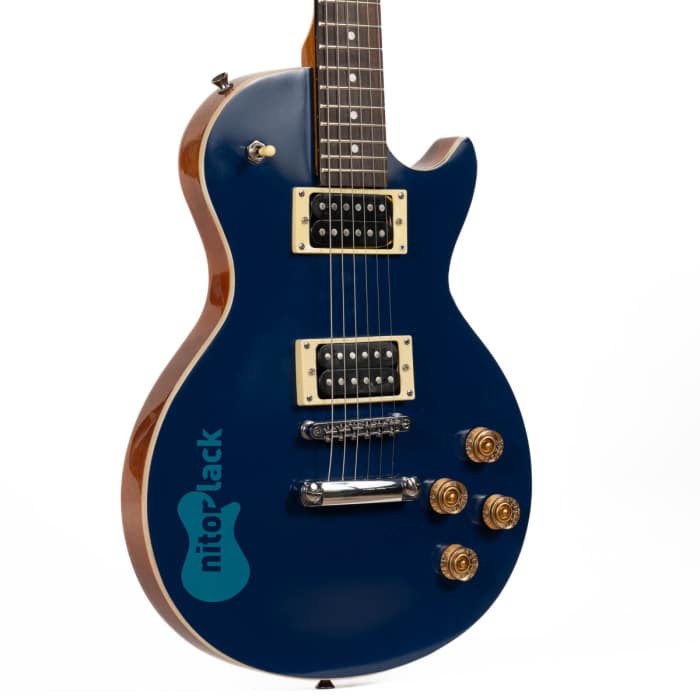
Saül (verified owner) –
Anónimo (verified owner) –